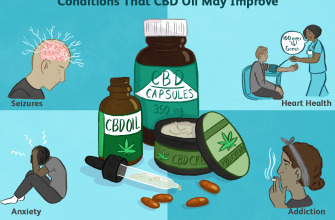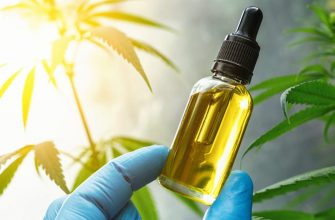Cannabidiol is the active substance in cannabis, the unique properties of which are much talked about, and most importantly – not without evidence! Research scientists from the educational and scientific center, one of the largest in Jerusalem, suggested that this substance can be used in the fight against diseases such as diabetes.
The disease is a violation of the exchange of water and carbohydrates in the human body. As a result, this leads to disturbances in the work of the pancreas, which is responsible for the production of a hormone such as insulin. This substance takes the active substance in the processing of sugar. Without insulin, the body is unable to convert sugar into glucose. As a result, sugar begins to accumulate in the blood and is excreted in large quantities through the urine.
In addition, there is a violation of water metabolism, tissues are not able to retain water in themselves, which leads to the removal of a lot of defective water through the kidneys. Cannabidiol research began back in 1964, at a time when Dr. Rafael Meshulam was able to isolate the active substance of cannabis – CBD. Almost 25 years later, the doctor suggested that CBD interacts with certain nerve cell receptors. It was this discovery that became the foundation for a number of new studies. In addition, cannabidiol has been shown to relieve the symptoms of diabetes.
This assumption was also confirmed by British scientists in 2012, at the same time studies were conducted on volunteers. The same laboratory had previously conducted animal studies and the result simply stunned everyone. The fact was discovered that the active substances of cannabis can suppress appetite for a short time. In the course of research, in laboratory mice, the metabolic rate increased significantly, and this led to a decrease in the concentration of fats in the liver.
A few years before these studies, American and Japanese scientists explained the fact that the use of cannabis increases cravings for sweets. This is explained by the fact that there are receptors in the cells of the papillae, exactly those that Dr. Meshulam spoke about. Thanks to CBD, the susceptibility to sweet taste is greatly enhanced. An interesting article was published in one of the American medical publications in 2006, which described the experiments that were carried out in Virginia at the Medical Center. According to experiments, regular use of cannabidiol can improve resistance to diabetic retinopathy – a decrease in the clarity of vision, sometimes to blindness.
Other studies have shown that CBD can reduce diabetic weakening of the heart muscle and has a vasodilating effect, as well as alleviating neuropathic pain. In order to be able to study the relationship between cannabidiol and metabolism, scientists from one of the research centers collected cross-sectional studies from the Nutrition Research Expertise and Health of 4500 patients, which are held every year by the Center for the Control and Prevention of Various Diseases. According to the results, current cannabidiol users had about 16-17% lower insulin levels on an “empty stomach” than participants in the experiment who did not take cannabidiol. Dr. Joseph Alpert of Arizona State Medical University, said: “Such observations are very interesting and useful, as they came to the same conclusions. It is possible that drugs with cannabidiol in the future will be prescribed in the treatment of diabetes in conjunction with antidiabetic drugs.”




